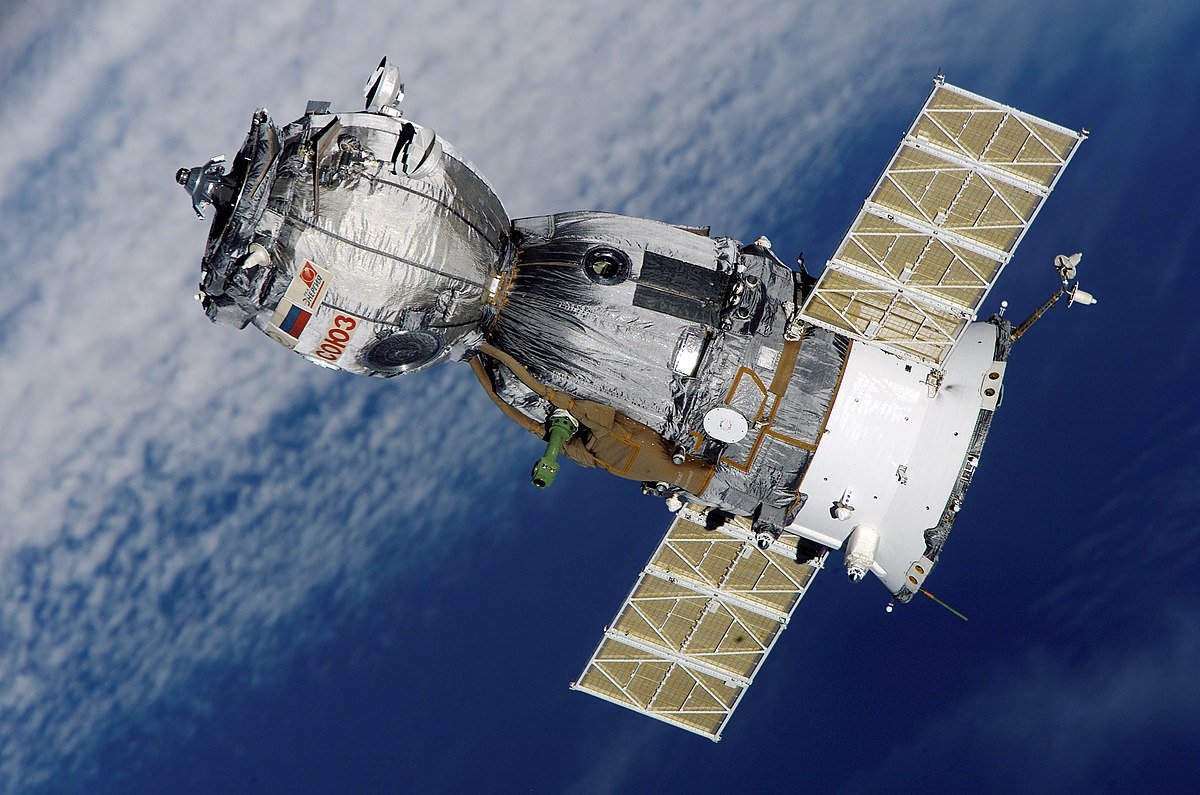History
A German V-2 have become the primary spacecraft while it reached an altitude of 189 km in June 1944 in Peenemünde, Germany.[9] Sputnik 1 become the primary synthetic satellite tv for pc. It became released into an elliptical low Earth orbit (LEO) via way of means of the Soviet Union on four October 1957.
- The release ushered in new political, military, technological, and clinical developments; at the same time as the Sputnik release changed into a unmarried event, it marked the begin of the Space Age.[10][11] Apart from its cost as a technological first, Sputnik 1 additionally helped to perceive the upper atmospheric layer's density, thru measuring the satellite tv for pc's orbital changes.
- It additionally supplied information on radio-sign distribution withinside the ionosphere. Pressurized nitrogen withinside the satellite tv for pc's fake frame supplied the primary possibility for meteoroid detection.
- Sputnik 1 changed into released at some stage in the International Geophysical Year from Site No.1/5, on the 5th Tyuratam range, in Kazakh SSR (now on the Baikonur Cosmodrome). The satellite tv for pc traveled at 29,000 kilometres in step with hour (18,000 mph), taking 96.2 mins to finish an orbit, and emitted radio alerts at 20.1/2 and 40.002 MHz
- While Sputnik 1 turned into the primary spacecraft to orbit the Earth, different man-made items had formerly reached an altitude of 100 km, that's the peak required via way of means of the worldwide organization Fédération Aéronautique Internationale to matter as a spaceflight
- . This altitude is referred to as the Kármán line. In particular, withinside the Nineteen Forties there were numerous take a look at launches of the V-2 rocket, a number of which reached altitudes nicely over 100 km.
Subsystems
A spacecraft gadget contains diverse subsystems, relying at the project profile. Spacecraft subsystems contain the spacecraft's “bus” and might encompass mindset willpower and manage (variously referred to as ADAC, ADC, or ACS), guidance, navigation and manage (GNC or GN&C), communications (comms), command and records handling (CDH or C&DH), energy (EPS), thermal manipulate (TCS), propulsion, and structures. Attached to the bus are usually payloads.
- Attitude controlA Spacecraft wishes an mind-set manage subsystem to be successfully orientated in area and reply to external torques and forces properly. The mind-set manage subsystem is composed of sensors and actuators, collectively with controlling algorithms.
- The mind-set-manage subsystem allows right pointing for the technological know-how objective, solar pointing for energy to the sun arrays and earth pointing for communications.GNCGuidance refers back to the calculation of the instructions (typically carried out through the CDH subsystem) wanted to influence the spacecraft in which it's far preferred to be.
- Navigation manner figuring out a spacecraft's orbital elements or position. Control approach adjusting the route of the spacecraft to fulfill task necessities.Command and information handlingThe CDH subsystem gets instructions from the communications subsystem, plays validation and interpreting of the instructions, and distributes the instructions to the right spacecraft subsystems and components.
- The CDH additionally gets house responsibilities facts and technological know-how records from the opposite spacecraft subsystems and components, and programs the information for garage on a statistics recorder or transmission to the floor through the communications subsystem. Other capabilities of the CDH encompass keeping the spacecraft clock and state-of-fitness tracking.
CommunicationsSpacecraft
both robotic and crewed, make use of numerous communications structures for communique with terrestrial stations in addition to for conversation among spacecraft in area. Technologies applied consist of RF and optical conversation. In addition, a few spacecraft payloads are explicitly for the cause of floor–floor conversation using receiver/retransmitter digital technologies.
- PowerSpacecraft want an electrical strength era and distribution subsystem for powering the diverse spacecraft subsystems. For spacecraft close to the Sun, sun panels are often used to generate electric electricity. Spacecraft designed to function in extra remote locations, as an instance Jupiter, would possibly rent a radioisotope thermoelectric generator (RTG) to generate electric energy.
- Electrical electricity is despatched via energy conditioning gadget earlier than it passes thru a energy distribution unit over an electrical bus to different spacecraft components. Batteries are usually related to the bus through a battery rate regulator, and the batteries are used to offer electric strength throughout durations while number one energy isn't available, for instance while a low Earth orbit spacecraft is eclipsed through Earth
- .Thermal controlSpacecraft should be engineered to resist transit via Earth's environment and the area environment. They should function in a vacuum with temperatures probably ranging throughout masses of degrees Celsius in addition to (if issue to reentry) withinside the presence of plasmas. Material necessities are such that both excessive melting temperature, low density substances consisting of beryllium and bolstered carbon–carbon or (probable because of the decrease thickness necessities in spite of its excessive density) tungsten or ablative carbon–carbon composites are used.
- Depending on challenge profile, spacecraft may additionally want to function at the floor of every other planetary frame. The thermal manage subsystem may be passive, depending on the choice of substances with unique radiative properties. Active thermal manage uses electric warmers and certain actuators along with louvers to govern temperature levels of equipments inside precise degrees.
- Spacecraft propulsionSpacecraft may also or might not have a propulsion subsystem, relying on whether or not or now no longer the project profile requires propulsion. The Swift spacecraft is an instance of a spacecraft that doesn't have a propulsion subsystem. Typically though, LEO spacecraft consist of a propulsion subsystem for altitude adjustments (drag makeup maneuvers) and inclination adjustment maneuvers.
- A propulsion machine is likewise wanted for spacecraft that carry out momentum control maneuvers. Components of a traditional propulsion subsystem consist of fuel, tankage, valves, pipes, and thrusters.


